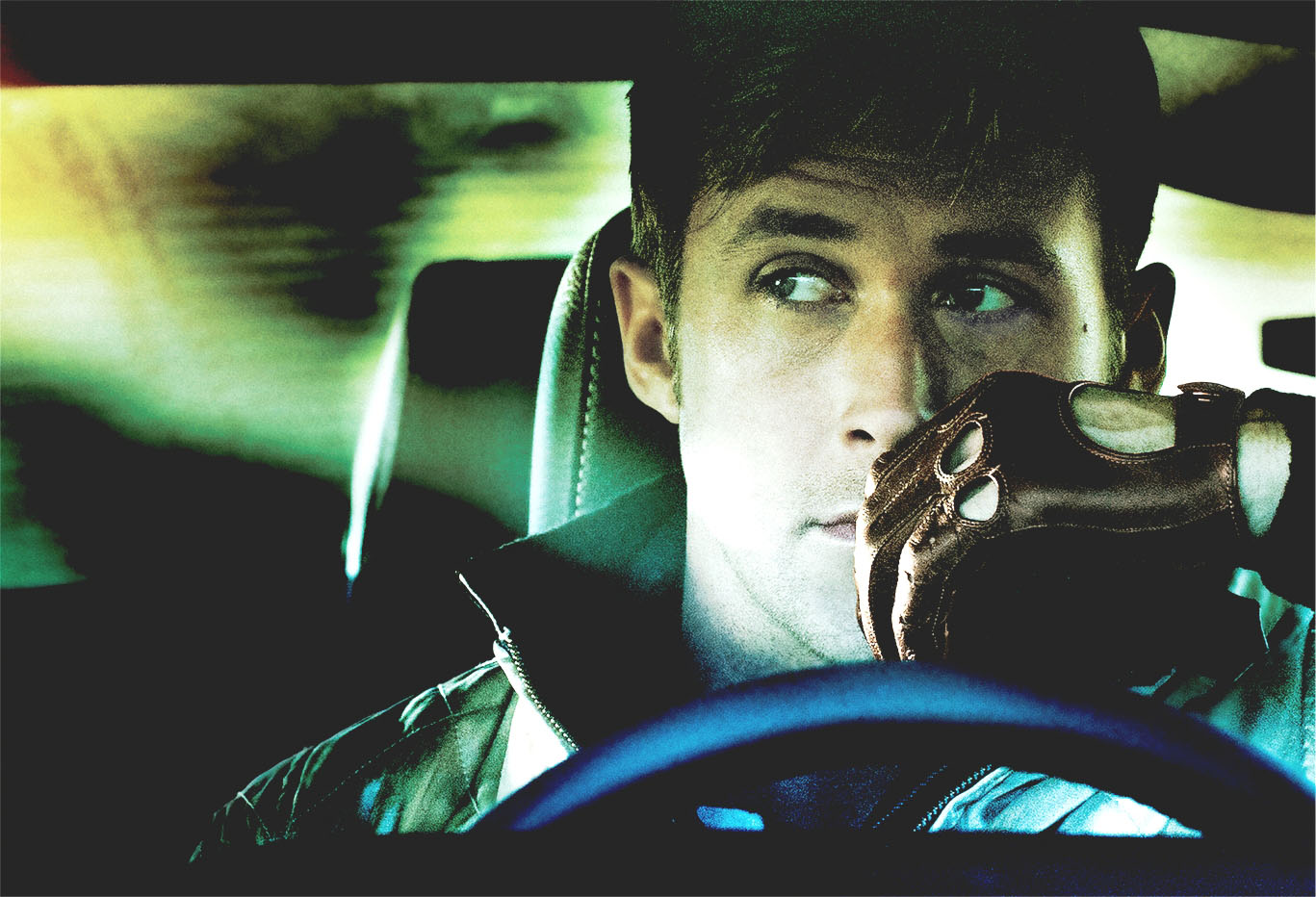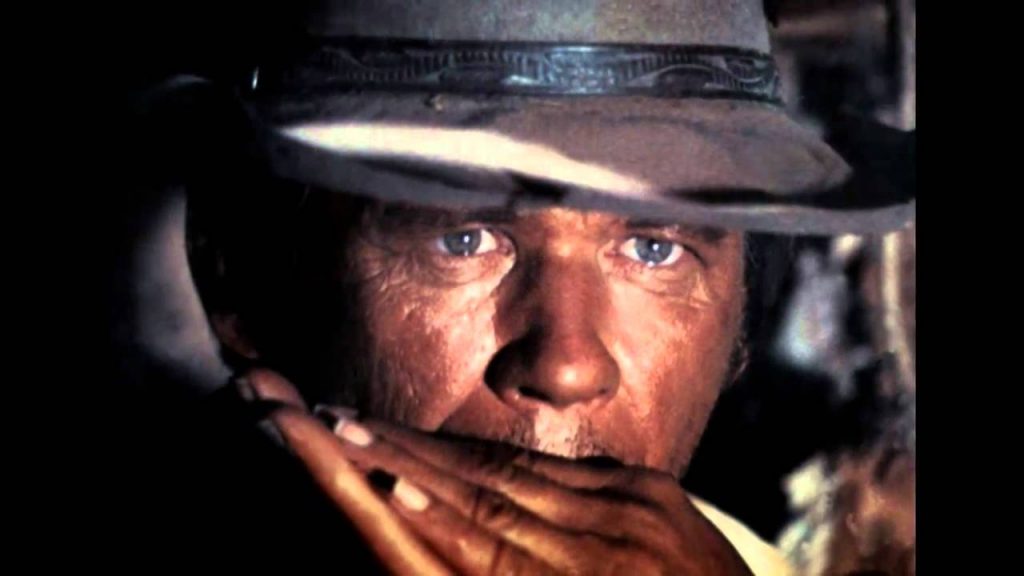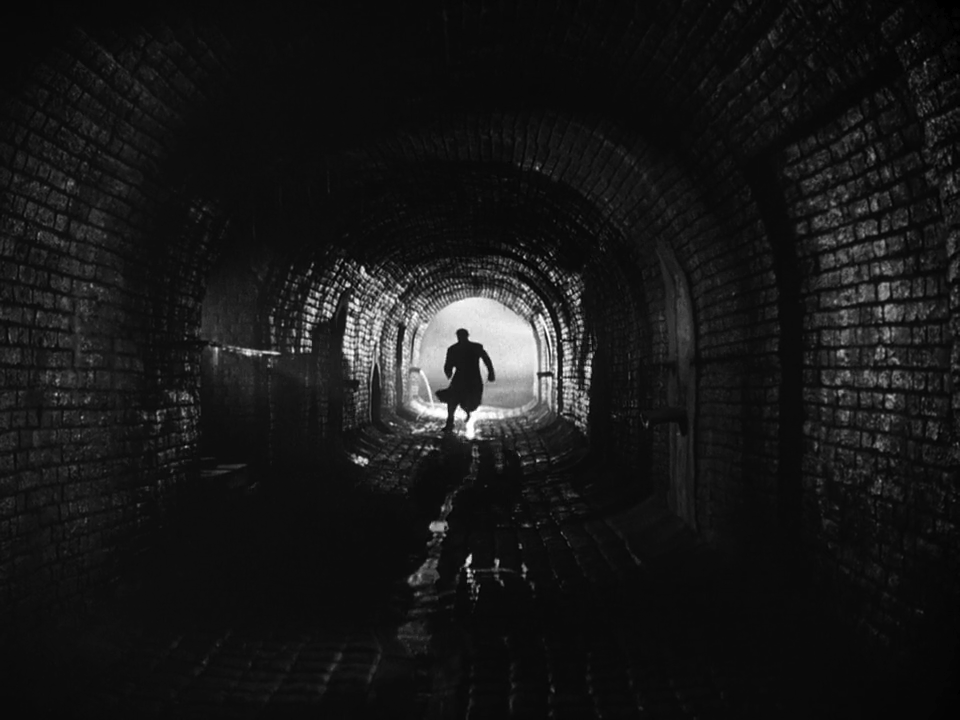Lighting Techniques for Neo Noir

NOIR: LIGHTING TECHNIQUES FOR NEO-NOIR
By Shailik Bhaumik Image (above), Ryan Gosling from Drive (2011)
”There are no rules in filmmaking. Only sins. And the cardinal sin is dullness.” - Frank Capra And dullness is the lack of brightness, vividness, or sheen. Only light can remove the dullness of a scene. In this article we’ll discuss about the Lighting techniques of Neo-Noir movies as lighting is the key element for this genre. “Film is light”, this statement of Federico Fellini brings us to the sense of the cinematographer’s art and function. One of the most important abilities of a cinematographer is the see light and to remember it. ‘Light memory’ for the lighting cameraman is similar to the musical memory necessary for a musician. To understand the features of neo-noir, first we need to know about Noir movies. The term film noir (French for "black film") was coined by critic Nino Frank in 1946, but was rarely used by filmmakers, critics or fans until several decades later. The classic era of film noir is usually dated to a period between the early 1940s and the late 1950s.
Typically American crime dramas or psychological thrillers, films noir had a number of common themes and plot devices, and many distinctive visual elements. Characters were often conflicted antiheroes, trapped in a difficult situation and making choices out of desperation or nihilistic moral systems. Visual elements included low-key lighting, striking use of light and shadow, and unusual camera placement. Neo-noir is a style often seen in modern motion pictures and other forms that prominently use elements of film noir, but with updated themes, content, style, visual elements or media that were absent in film noir of the 1940s and 1950s. Now, first, let’s turn to the traditional three point lighting setup that is the fundamental system all filmmakers learning how to light will start with. We’ll talk about the three point lighting system in regards to lighting a face mainly for terminology as noir setups could use fewer or considerably more than three lights. The first and most important light is the key light – this is usually the brightest and most dominant light of a setup. Complementing the key is the Fill light, which is place opposite of the key light to fill in some of the shadows left by the key. The final light of the three point setup is the back light – this light adds an outline to separate the subject from the background.

In cinema, light and shade can be used to direct our attention to a part of frame. This is most usually done by the movement of characters through a variously lit set. A more dramatic variant can be seen in Sergio Leone’s Once Upon a Time in the West. In an early scene at the trading post, a mysterious character, ‘Harmoinica’ (Charles Bronson), is identified as present only through his characteristic theme music. He is dramatically exposed by ‘Cheyenne’ (Jason Robards) who propels an oil lamp on a horizontal wire across the room, producing a low key image of Harmonica. This, the first meeting of these characters, who maintain an ambiguous relationship, is sudden, the characters revealed from out of the dark, and is followed by flashing on and off of the light as a consequence of swinging of the oil lamp.

Sometimes, however, lighting can be used as a characteristic of the style of a whole film or over a number of scenes – rather than just a specific light to a specific setup. The classic realist film is usually characterized by a full lighting effect – high key lighting – seeming as a device to ensure that we see all the money that has been spent on constructing the effect. However, widespread use of shadows can be used to convey their own meaning. The use of reflective light scenes and the often apparently dominant use of shadows, originated in German Expressionist cinema, but were incorporated into Hollywood style of lighting in the 1940s and 1950s which later became known as film noir. The style of film noir is one of few formal characteristics that have come to be widely recognized and indeed it survives into contemporary films such as John Dahl’s The Last Seduction. This perhaps can be in part explained through its seeming difference from visual effects of realist film, usually fully ‘high-key’ lighting and its connection with a particular genre. The style of film noir is linked in an obvious way to themes of paranoia and alienation and other characteristics such as the femme fatale, a woman who is not what she immediately appears to be. In this instance the use of lighting enables the viewer to be one step ahead of the protagonist within the film.

The concept of lighting for film noir is deep and complicated topic but a great subject for modern filmmakers. It’s difficult to discuss the subject in details in a single article, but let’s try to understand the overview of this lighting technique. Film noir was created by filmmakers who were bound by their budgets and their technology. But they weren’t limited in their talents – that makes this an excellent starting point for studying lighting. The common thread of film noir lighting is low key lighting – a style called Chiaroscuro in the art world. Chiaroscuro emphasized shadows and harsh lighting to create a sense of depth and volume in paintings. Cinematographers working in the classical film noir era sought to do the same thing – trying to overcome the bland flatness that bright black and white film could have if there’s not much contrast. In Film Noir, the most prominent lights are going to be strong keys and back light. Fill light is not as dominant as we want to exaggerate the contrast and get that low key look. Film Noir generally uses “hard lights” – the hardness or softness of a light is the type of shadows it creates. Hard lights leave sharp edged shadows – this is created by a single point source of light where the light rays are running more or less from a single point in space. Think of a bare halogen bulb. Soft lights leave fuzzy shadows and are created by a larger area of light where the light rays is being scattered in different directions the illumination is coming from many points. Think of this like a frosted bulb or Compact fluorescent.

Using low-key lighting as well as emphasizing shadows and harsh lighting, the film noir look captured the dark side of American life: urban crime, mobsters and thieves. To light in a film noir style, there are three basic things to remember: •To get hard crisp shadows, use a small intense light. (Fresnels, lekos, reflector spots). •Emphasize the difference between high and low-key lighting (lots of fill, high-key lighting). •Use at least 500 watt lights to get solid crisp blacks and stark whites (eliminate Grays). Hard shadows almost define the film noir look: be it the alternating patterns of dark and light slashes from venetian blinds to a silhouette of a man running down an alleyway. Soft lighting is used more conservatively often glamorizing female characters. To determine where to put your lights, here’s a tip from John Alton, the director of photography on “The Big Combo”. He suggests using a test lamp which one can create simply by attaching a simple work lamp and light bulb to the end of a boom pole. With this test lamp you can walk around the set can test different lighting positions and how they look before moving light fixtures into place. Since shadows are so essential to film noir – let’s talk about a few of the tools often used to shape light and shadow. The first which one sees over and over again are Cucoloris – often called cookies.
These are cutouts of wood, metal, plastic, or anything that cast a patterned shadow, say like a venetian blind pattern. Cookies go between the light fixture and the subject. They’re available commercially in different patterns and it’s easy to make your own. Very similar are Gobos – short for Go Before Optics. These are cutouts made of metal or glass that go inside the light fixture between a light source and a lens. These can cast a perfectly crisp shadow but require specialized lights that have projection lenses. Moving beyond the basic three point lighting setup, there’s one light in film noir that gets a lot of play – and that’s the eye light. Used in non-film noir productions to add reflection in the eyes, film noir often isolates this light illuminating only the eyes and brow to get a dramatic look. You can do this in a couple of different ways, you can use flags, which are like solid cookies that don’t let any light through and place them so that they block all but your intended eye light, or you can barn doors – which are leaves that attach to your light fixture which act as mini flags. Now if you are planning to shoot a little film noir yourself, then this scheme of lighting will help you give a film noir look to your film. Even though the plans are for a photograph, it's easy to discern the familiar aesthetic, achieved here by two lights, with the back one metered on the model's face. Everything except the man (and, actually, most of him) is in shadow, and that is how it should be, in a good film noir. So in the end I must admit that we’ve just touched the surface of noir lighting in this article. The rest can only be learned by studying the cinematography of the previous and contemporary masters’ movies.
 Shailik Bhaumik is an award-winning filmmaker and entrepreneur. Known for his feature film "Dasein", Shailik is the founder and Chairman of Human Lab Corporation, a Multinational Film Company whose mission is to help Independent Filmmakers survive and thrive in this highly competitive industry. Shailik oversees worldwide operations including production, distribution, and marketing for HLC's live-action films, as well as films released under the HLC banner.
Shailik Bhaumik is an award-winning filmmaker and entrepreneur. Known for his feature film "Dasein", Shailik is the founder and Chairman of Human Lab Corporation, a Multinational Film Company whose mission is to help Independent Filmmakers survive and thrive in this highly competitive industry. Shailik oversees worldwide operations including production, distribution, and marketing for HLC's live-action films, as well as films released under the HLC banner.


